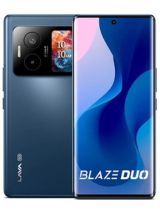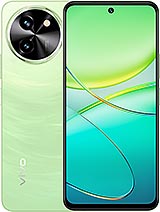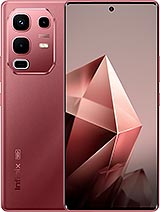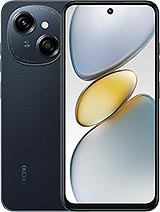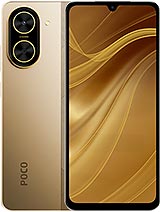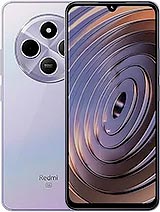iQOO Z9s alternatives
Tap above to see alternatives.
Lava Yuva 2 alternatives
Tap above to see alternatives.
4x2.5 GHz Cortex-A78
4x2.0 GHz Cortex-A55
1x2.2 GHz Cortex-A76
3x Cortex-A76
4x Cortex-A55
8GB 256GB (UFS 2.2)
12GB 256GB (UFS 2.2)
f/1.8, (wide), 1/1.95", 0.8µm, PDAF, OIS
2 MP
f/2.4, (depth)
wide, f/1.8, AF
2 MP
macro
1080p
f/2.5, (wide), 1/3.0", 1.0µm
SIM1: Nano, SIM2: Nano
SIM1: Nano, SIM2: Nano
FDD: N1, N3, N5, N8, N28
TDD: N40, N77, N78
FDD: N1, N3, N5, N8, N28
TDD: N40, N41, N77, N78
FDD: N1, N3, N5, N8, N28
TDD: N40, N77, N78
FDD: N1, N3, N5, N8, N28
TDD: N40, N41, N77, N78
In this comparison, the iQOO Z9s with the Mediatek Dimensity 7300 (4nm) performs better than the Lava Yuva 2 with the Unisoc Unisoc T760 (6nm), thanks to its more efficient chipset.
The iQOO Z9s offers 2 years of OS updates, while the Lava Yuva 2 provides 1 years. When it comes to security updates, iQOO Z9s leads with 3 years of support.
iQOO Z9s has a superior AMOLED display, while Lava Yuva 2 uses an LCD panel. Moreover, it offers a higher 120 Hz refresh rate for smoother scrolling. iQOO Z9s also has a brighter display with 1800 nits, improving outdoor visibility. Notably, iQOO Z9s has a higher resolution display, resulting in sharper visuals.
iQOO Z9s has a larger 5500 mAh battery for longer usage. iQOO Z9s supports faster wired charging at 44W.
iQOO Z9s has an IP64 rating, while Lava Yuva 2 lacks official water and dust resistance.

